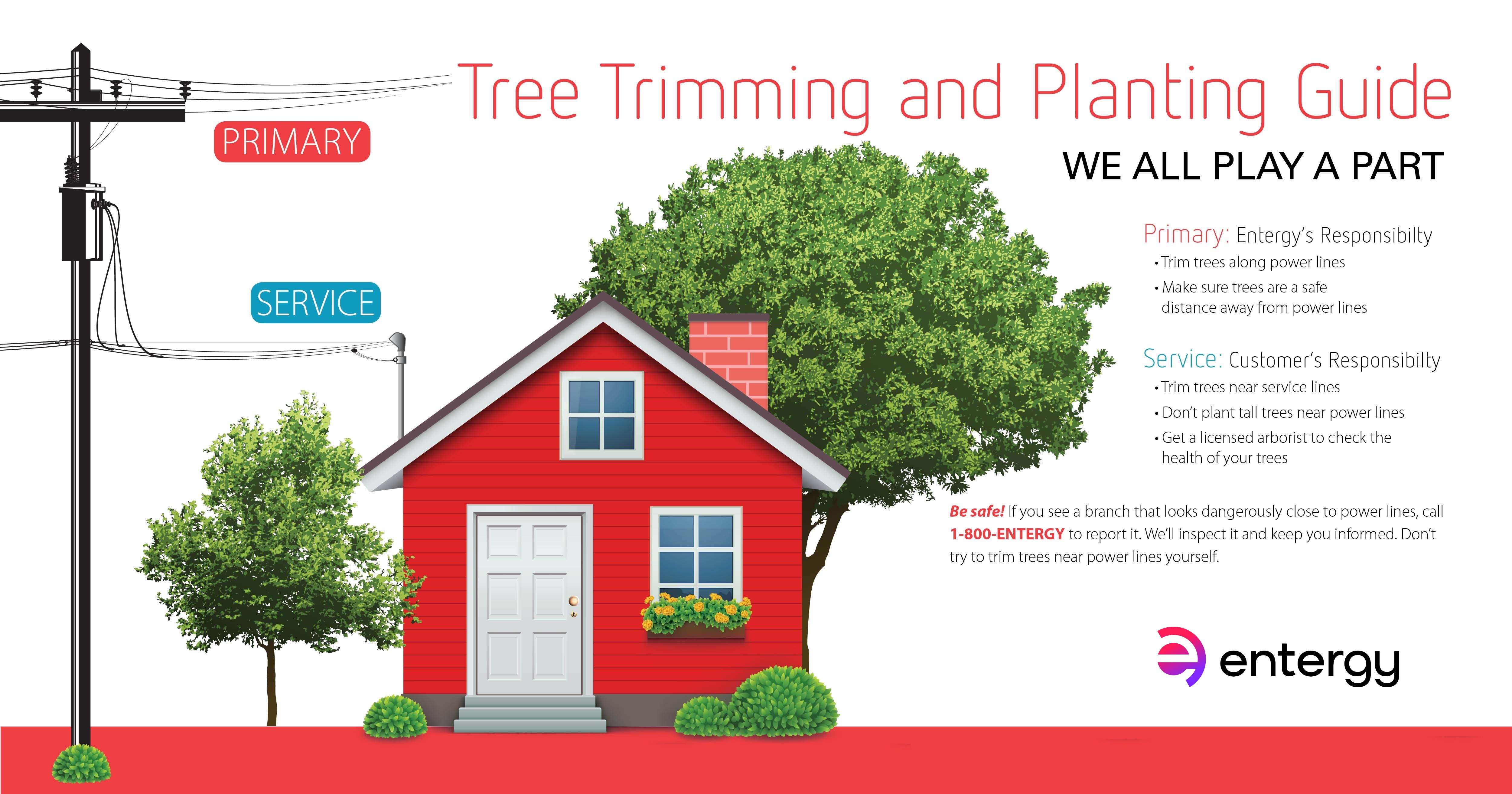Indication For Tree Elimination: Just How To Discover Hazardous Trees
Indication For Tree Elimination: Just How To Discover Hazardous Trees
Blog Article
Authored By-Harper Butcher
When it involves tree treatment, identifying the indications that it's time for removal is vital for your safety and residential or commercial property. You could discover stained leaves, wilting branches, or weird fungal growths indicating illness. https://besttooltoremovetreeroots62839.kylieblog.com/35846674/the-clear-cut-refine-for-tree-stump-elimination-what-you-must-hear-concerning , like a substantial lean or cracks in the trunk, can likewise pose threats. Understanding these warning signs can aid you make educated choices regarding your trees and protect against possible hazards hiding in your yard. What should you seek following?
Indications of Degeneration and Condition
When you notice signs of decay and condition in your trees, it's essential to act quickly. Look for discolored fallen leaves, wilting branches, or unusual developments like fungi. These can suggest that your tree is having a hard time.
If you see fractures in the bark or soft, mushy timber, these signs suggest internal degeneration. Furthermore, an unexpected rise in insects around your tree can signal that it's weakened and prone.
Check for any kind of dead or passing away arm or legs, as they position a threat to your building and security. If you're uncertain about what you see, getting in touch with an arborist can supply clarity.
Attending to these indications early can conserve you from more extensive damages and make certain the wellness of your backyard. Do not wait till https://what-to-put-on-tree-stump17383.actoblog.com/35990360/seasonal-tree-trimming-timing-and-techniques-for-accomplishing-optimum-development 's far too late.
Structural Instability and Leaning
As you observe your trees, keep an eye out for any type of indicators of architectural instability or leaning. If a tree leans dramatically, it may suggest that the root system is compromised.
Seek any fractures in the trunk or dirt around the base; these can indicate potential failure. In addition, look for unusual growth patterns, like an uneven crown, which may recommend that the tree is struggling to hold itself upright.
If you observe that the tree leans toward your home, power lines, or various other frameworks, it postures a better risk. Do not ignore these indicators-- seek advice from an arborist to evaluate the situation.
Taking action early can protect against expensive damages and ensure your safety.
Dead or Perishing Branches and Vegetation
If you see dead or passing away branches and vegetation on your tree, it's a clear sign that something's incorrect.
These undesirable locations can indicate underlying problems like illness, insect invasions, or ecological anxiety. When branches shed their leaves or transform brownish, they're no longer contributing to the tree's wellness. Disregarding these signs can bring about more decrease, making your tree more harmful.
Dead branches can quickly break off during storms, presenting a danger to property and individuals nearby. It's critical to assess the extent of the damages.
If the issue affects a considerable part of the tree, take into consideration seeking advice from an expert. They can help identify if elimination is essential to make sure safety and security and maintain the charm of your landscape.
Verdict
If you observe any indicators of decay, structural instability, or dead branches on your trees, do not overlook them. These indicators can present significant safety and security threats to you and your property. It's always best to speak with an expert arborist that can supply a professional assessment of your trees. Acting early can avoid mishaps and https://hudsonvalleystylemagazine.com/4-options-for-an-ideal-outdoor-space-pick-the-one-thats-right-for-you/ , guaranteeing your landscape continues to be safe and healthy and balanced. Bear in mind, it's far better to be aggressive about tree care than to wait for a disaster to happen.
